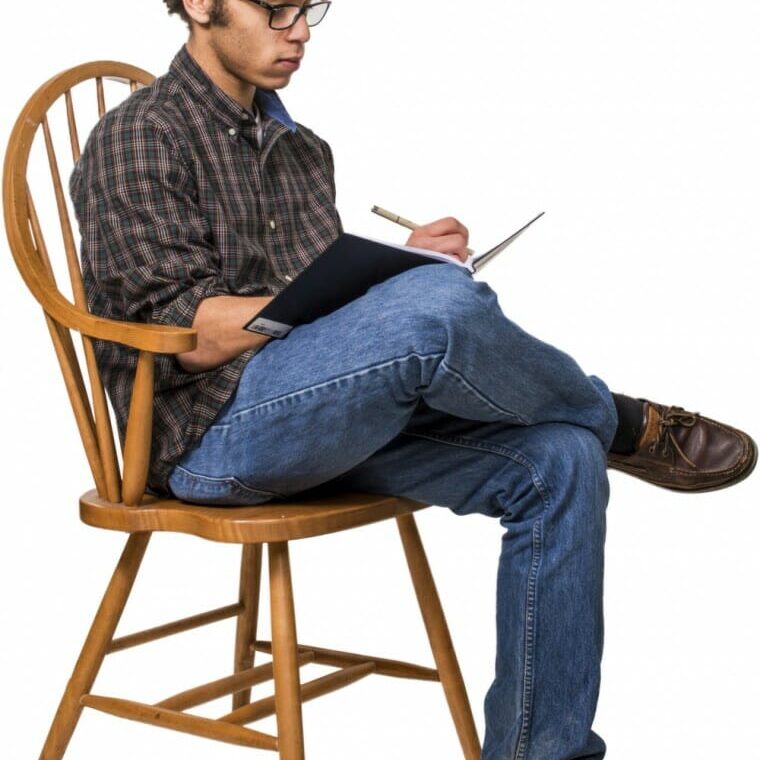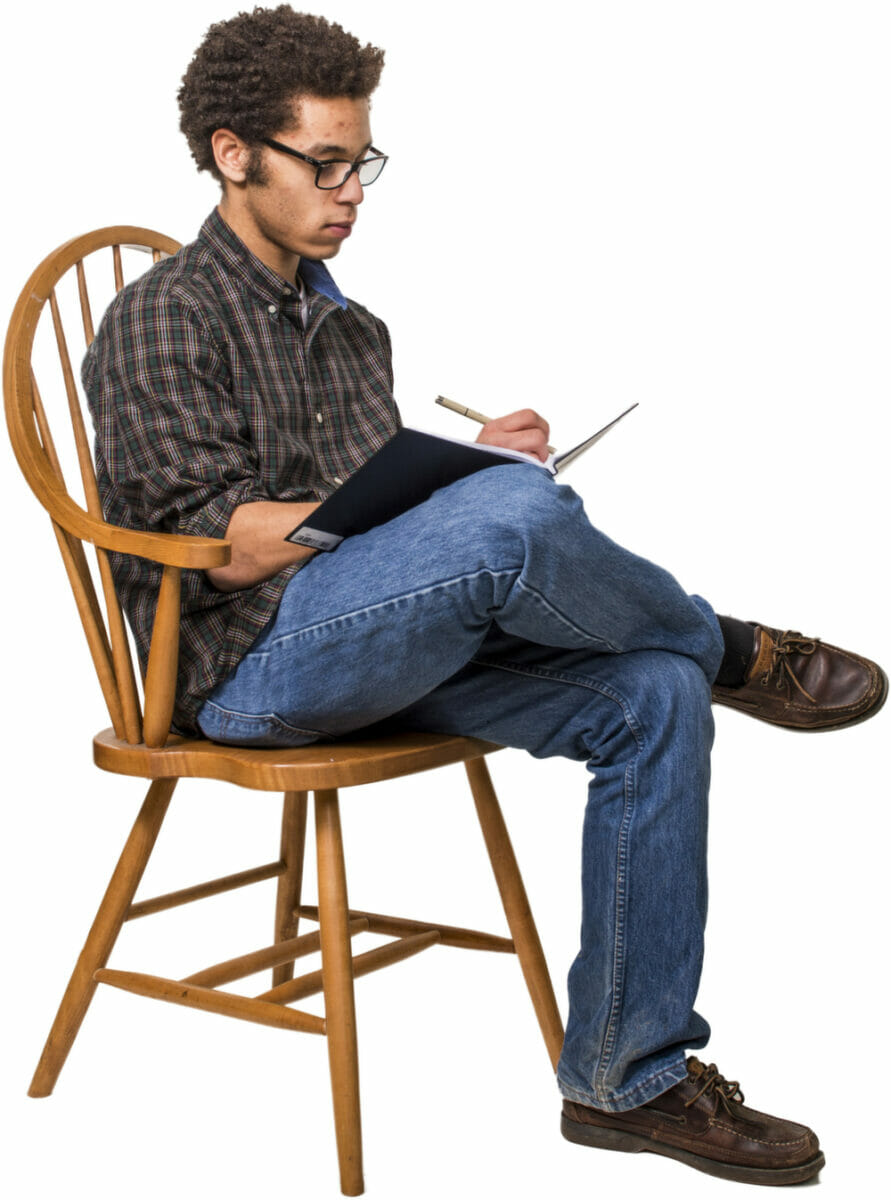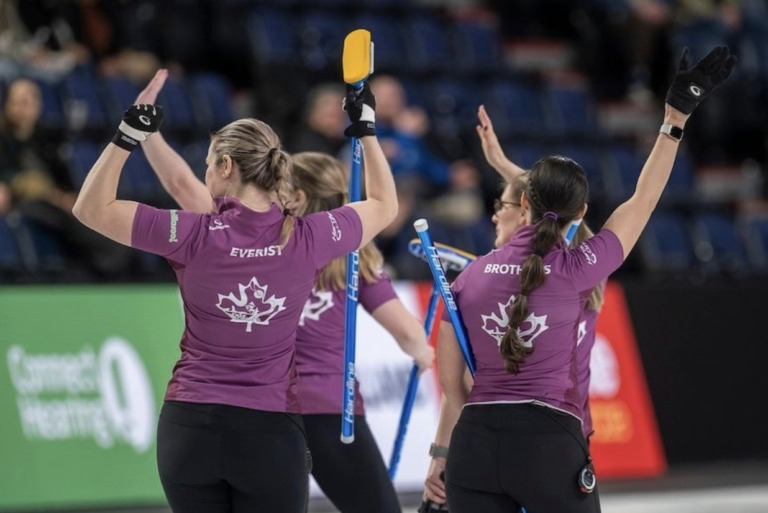
Adventures on the other side: An arts student takes on the science world
On Thursday, Jan. 30, I stepped into Ondaatje Hall as the only arts student in a sea of engineers. Vivid memories of my Grade 11 physics class looped in my head after I had taken my seat and looked to the front of the class.
Ex. 22 was written near the top of the board, followed by an example in which a load, p, was applied to the end of the 400mm rod ABC causing it to rotate. A diagram was then put on the screen, which helped me visualize the problem—but I still had very little clue as to what the purpose or answer to this example was. It seemed to be a preface to the larger topic which was covered that class: “Poisson’s Ratio,” which states “when a specimen is loaded in tension, the material will extend where the lateral or radical cross section contracts.” The equation “v= elat/elong” was written under the definition for Poisson’s Ratio. Too few people shared my look of wild confusion for me to be completely comfortable.
In Alex’s physics class, I was pleased to see an assortment of various cameras at the front of the lecture hall. Not being the greatest math student, I did not want to be bombarded with equations and formulas I could barely decipher. However, given professor Tom Duck’s collection of cameras I knew we were in for an interesting demonstration. The first camera Duck showed us was made in 1916 and only had one lens, and therefore, “only one object distance for which the image on the film is in perfect focus.” The one lens was in the front of the camera, which resembled a small wooden box. A roll of film was held at the back of the camera.
The next camera was an early Kodak camera with two lenses. One lens was fixed and the other was movable, which allowed the focus of this camera to be changed. Duck then showed the class a new camera with four compound lenses. The camera was sliced in half so the class could see the inner workings of the camera. This class was an enjoyable variation from what I expected physics to be.
My desire to not be bombarded with equations and formulas unfortunately was not satisfied in chemistry. My expectation for chemistry was for there to be a lot of letters and numbers I didn’t understand, and I was right.
The first thing written on the board was “The Equilibrium and Reaction Quotient Expression.” Alex explained to me the point of equilibrium is usually the final point in a reaction, where the solution no longer changes. Various scenarios were written on the board and the direction in which the reactions moves (i.e. the reaction moves right to equilibrium).
Out of the three engineering classes I attended, this is the one where I was most lost. It’s safe to say I won’t be switching programs any time soon.
Check out the other side HERE.







